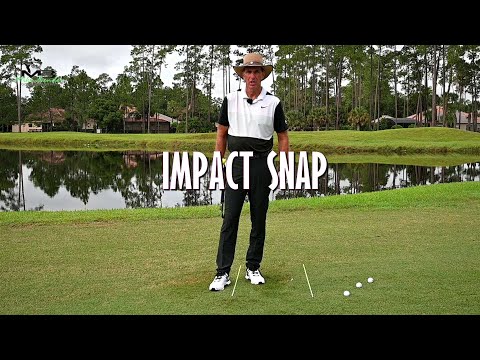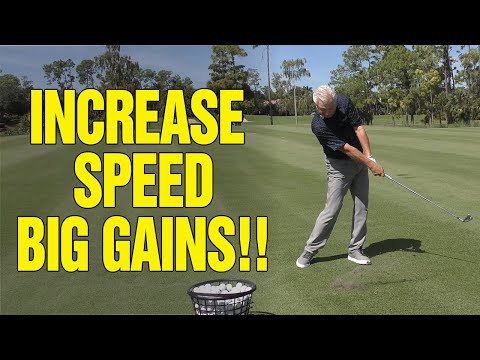***🎥 WATCH FREE VIDEO SERIES TO SEE IF THIS GOLF METHODOLOGY IS RIGHT FOR YOUR GAME.–CLICK BELOW ***
While developing their golf swings, many players are often stumped in regards to how their trail leg and arm should react before, during and after their backswing transition.
As possibly the most important part of any golfer’s swing, optimizing each element of the backswing drastically improves a player’s ability to hit the ball as intended during address.
Though most players are quick to understand the role their lead leg and arm play in the composition of an effective swing technique, it can be somewhat difficult to visualize the proper movements that must be taken on the trail side of their body.
The GG Swing Method, comprised of George Gankas golf techniques, has become a standard in the sport for golfers internationally.
Players have credited George Gankas golf lessons with correcting flawed motion throughout their entire swings, especially in regards to establishing their best backswing possible.
Part of building a good backswing transition relies on understanding and executing the necessary rotation in the trail side of your body.
During the backswing transition of your swing, your trail arm controls the positioning of your club.
This positioning proves to be crucial in preparing for the action that will be needed to transition to the downswing effectively.
When the trail arm appears to be out of sync with the rest of a player’s body, this serves as the key indicator that the natural rotation of their body has failed to sustain the swing, leading to an over-reliance on the motion in the player’s arm.
Proving to be a fairly frequent flaw in golfers of all playing levels, this often happens because the golfer has began forcing their trail arm over their sternum while executing their backswing transition.
While such a motion will give players the sensation of establishing a powerful and prepared golf swing, the backswing that they’ve executed actually lacks the needed shoulder rotation.
Establishing the correct amount of shoulder rotation during the backswing transition enables players to utilize larger muscle groups in their upper body in order to power their golf swing through to the downswing position.
Pushing your trail arm backward during your swing will utilize few muscles and result in a weakened swing that often produces missed shots.
The secret to utilizing the trail arm effectively in your backswing has little influence over your backswing in general.
Essentially, your trail side arm will remain in front of your sternum for the entirety of your backswing.
You’ll find that as you bring back your lead shoulder blade, the trail arm will need to rise up only slightly, and this essentially makes up everything you’ll need to do during the backswing with this arm.
When most instructors begin to teach their students about lower body rotation, the hips are often the entire focus of their lesson.
One area of the body that many of these instructors forget to mention involves the proper rotation found in the trail knee during a properly composed backswing.
Nearly as vital as mastering your hip rotation during swings, rotating your trail knee while in the backswing transition provides additional support to your hips.
Also essentially to producing the best backswing, golfers must remember to turn their trail foot during this position.
Most tour caliber players recommend lifting the trail heel during the backswing, noting that doing so provides additional flexibility that many players need in order to finalize their hip rotation during the transition.
As your body weight transfers to the lead side of your body, lifting your trail heel will find additional stability in their entire swing.VISIT OUR WEBSITE TODAY FOR MORE GREAT GOLF TIPS!
COMMENT below to let us know what you need help with, or what type of video could improve your game.
Want a tailed online golf performance plan, to improve your golf game? Check out how to improve your game
Follow GG SWINGTIPS GOLF 24/7 on social media:
▣ TWITTER –
▣ FACEBOOK –
▣ WEBSITE – m






